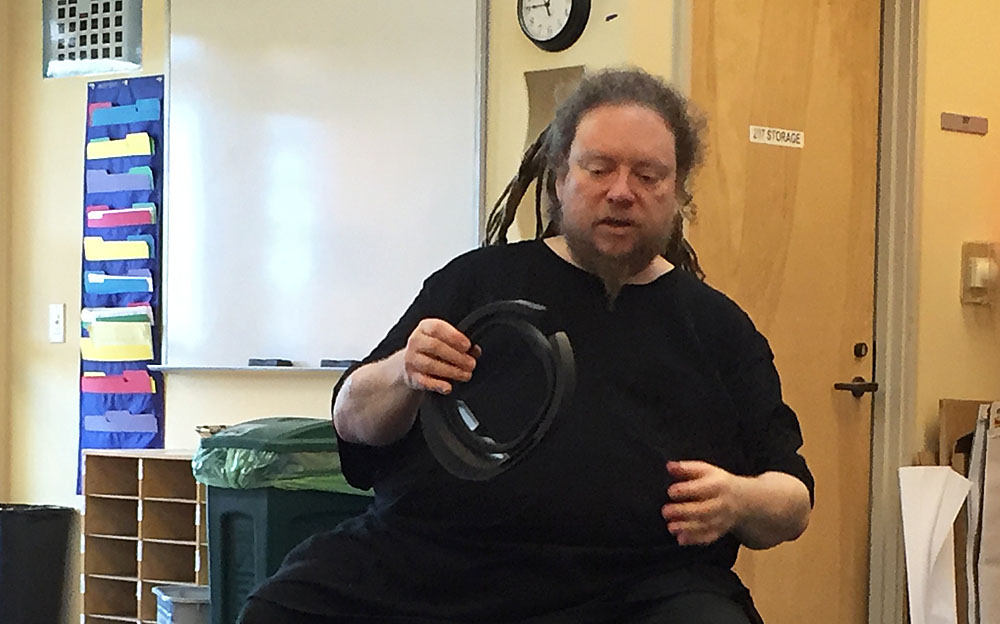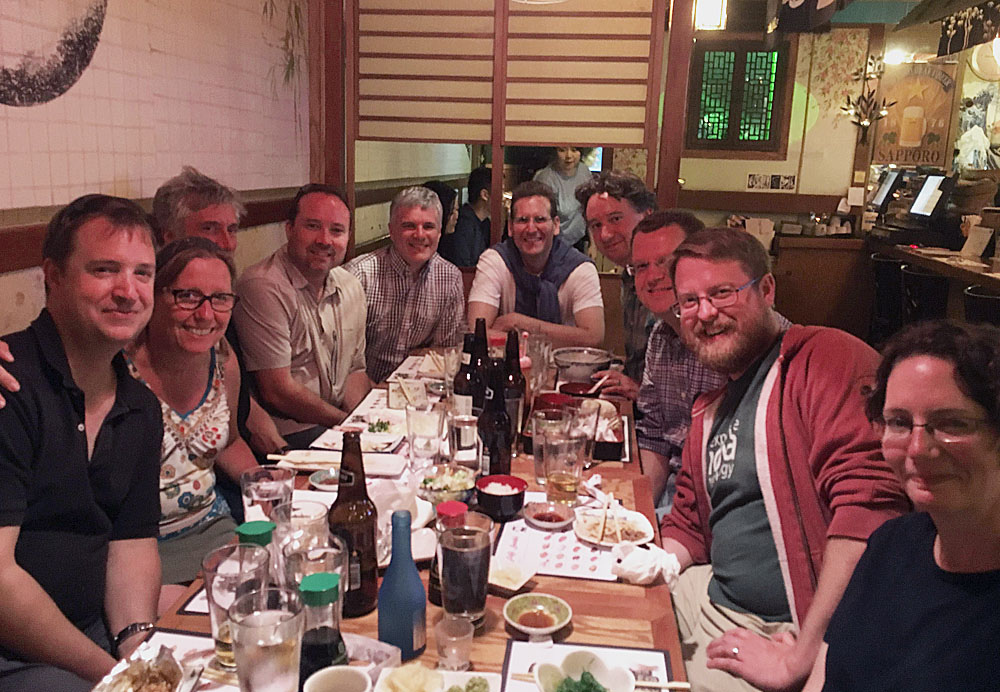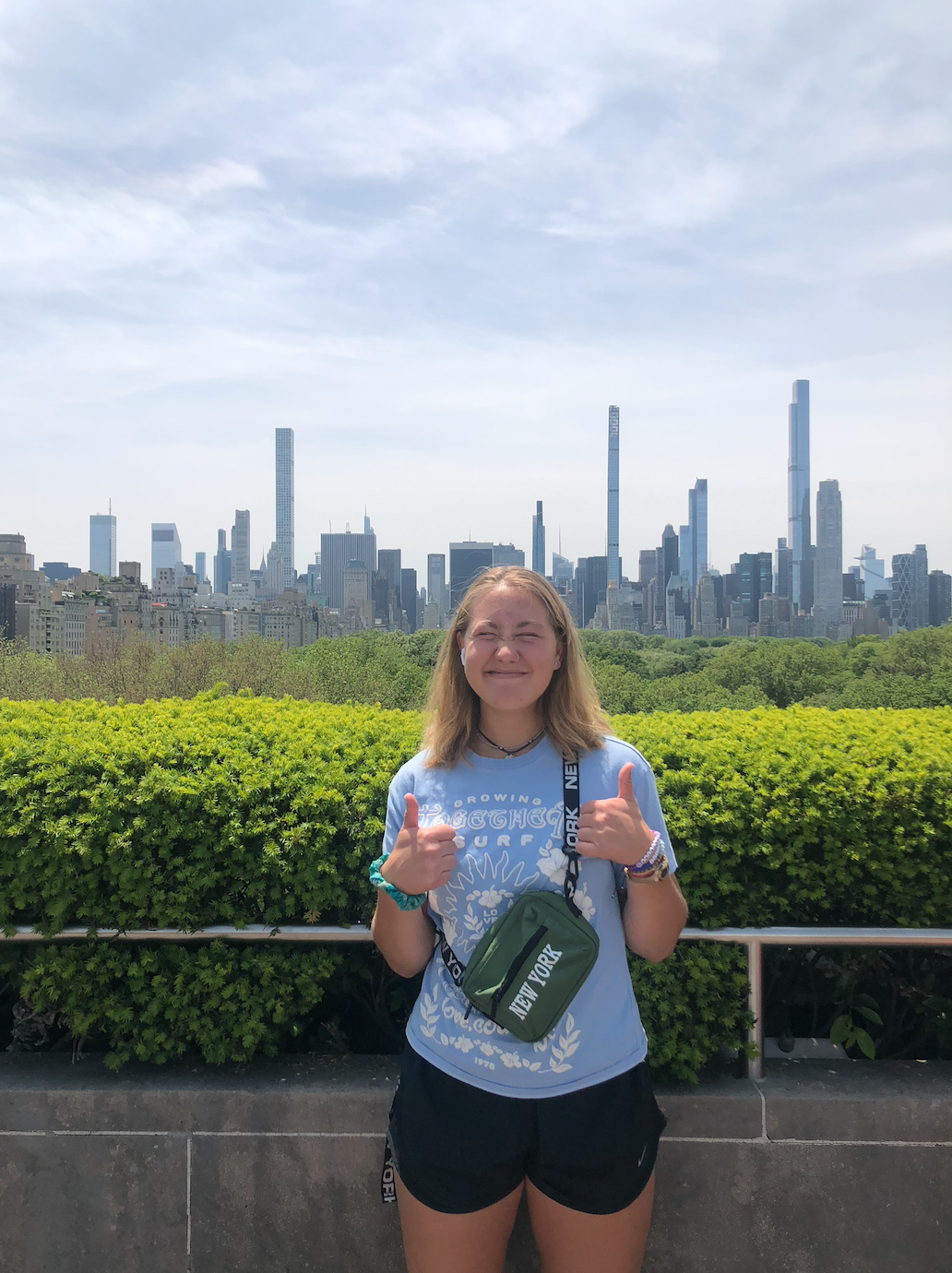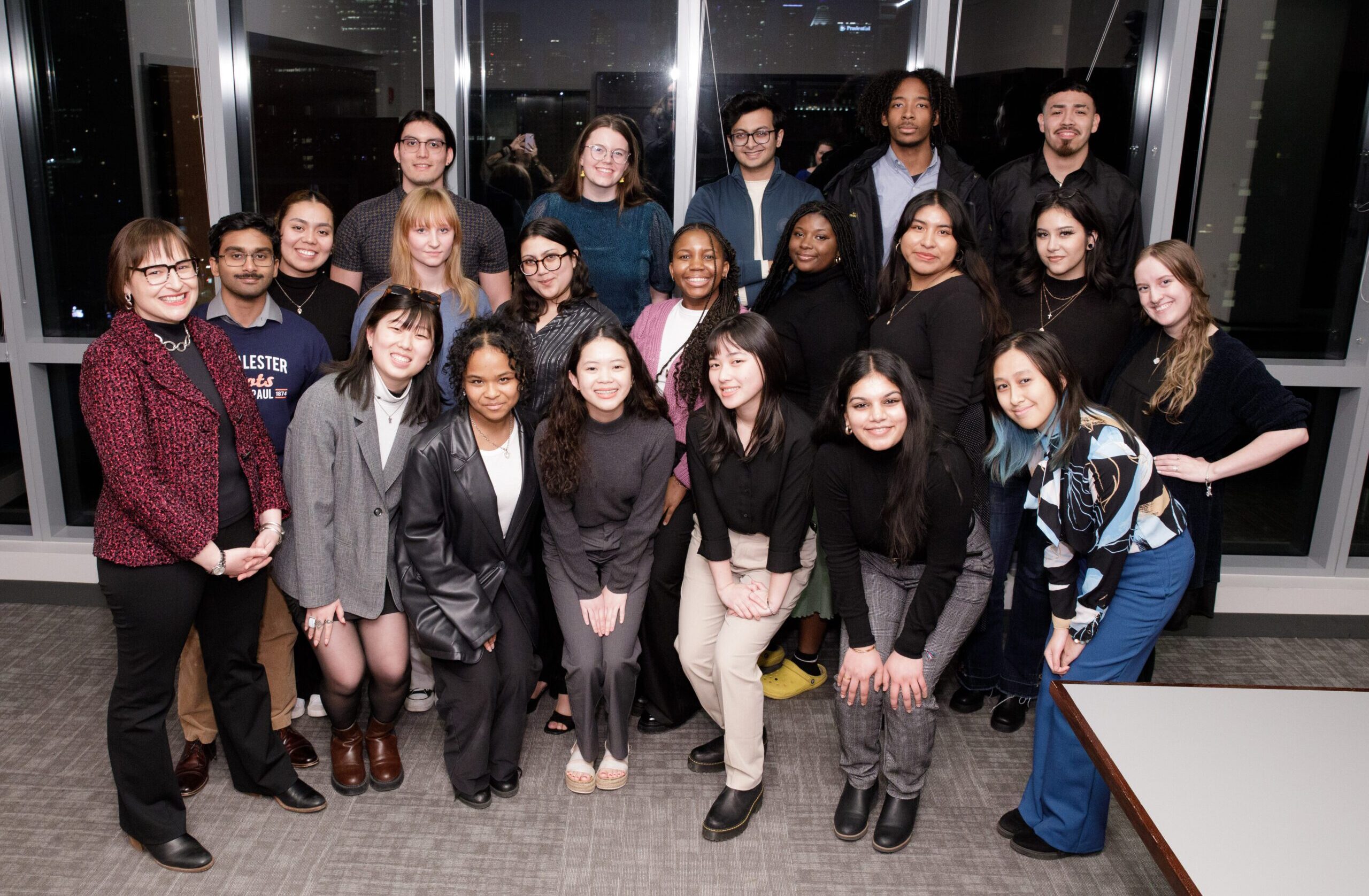Faculty in Silicon ValleyDaily posts and photos from the ACM SAIL faculty seminar on Silicon Valley as an Innovation Ecosystem. |
Day 10 – Wednesday, July 20, 2016
Posted by Brian Williams, ACM Vice President and Director of Faculty Development and Grant Programs
The final day of our seminar took us to the campus of University of California-Berkeley to visit with Ikhlaq Sidhu, Chief Scientist and Founding Director of UC Berkeley’s Sutardja Center for Entrepreneurship & Technology. The Sutardja Center is the premier institution on the UC Berkeley campus for the study and practice of “technology-centric” entrepreneurship and innovation.
Professor Sidhu was generous with both his time and his insights about the place of entrepreneurship and innovation on a university campus and his efforts to build the center’s capacity for teaching innovation since its founding in 2005. Regrettably, our schedule for the day permitted only an hour with Professor Sidhu; a conversation that could easily have stretched to two or three hours given a more flexible schedule.
Next stop for the group in Berkeley was a last-minute visit arranged at The Berkeley School with technology and virtual reality icon, Jaron Lanier.
 Jaron Lanier demonstrating the Hololens.
Jaron Lanier demonstrating the Hololens.
As described in a 2011 article in The New Yorker, “Lanier is often described as ‘visionary,’ a word that manages to convey both a capacity for mercurial insight and a lack of practical job skills. In the nineteen-eighties, he helped pioneer the field of virtual reality, and he is often credited with having coined the term. He has also dabbled in film. In 2001, he advised the writers of Minority Report, Steven Spielberg’s film about a dystopian future. Since 2006, he has worked as a consultant at Microsoft Research.… More recently, he has become the go-to pundit for people lamenting the social changes wrought by modern technology.”
Mr. Lanier treated the group to an hour-long reflection on the technology and how it has evolved in the context of human interaction and culture over the last thirty years. It was both a fascinating and sobering set of observations from one who is credited with being on the cutting edge of many of the innovations, the downstream effects of which he now views with some concern. He seeks a balanced view, however, frequently noting that he is optimistic over the long term about technology and its place in society, even as he observes and shares his thoughts about its shortcomings in the immediate present.
One exciting development which Mr. Lanier shared with the group was the Microsoft Hololens, a virtual reality headset that he developed in partnership with his research team at Microsoft Research. Needless to say, it was a real treat for the SAIL participants to take a brief tour of the virtual world Lanier and his colleagues have created through the Hololens technology.
And, what’s better after a virtual reality tour with the person credited with creating that world than a sushi dinner with the new friends and colleagues?
 Dinner on the last night of the SAIL seminar.
Dinner on the last night of the SAIL seminar.
Concluding Thoughts
So, you might ask, what can liberal arts colleges learn from the leading thinkers and doers in Silicon Valley and apply to the residential liberal arts campus? Is there a secret sauce that we can share with our colleagues who are interested in instilling aspects of innovation and entrepreneurship into teaching and learning on our campuses?
My sense is that the group came away from their 10-day immersion in Silicon Valley with some general ideas about what such a recipe might entail. Specifically, as necessary ingredients, it might call for opportunism, persistence, creativity, imagination, optimism, a willingness to take risks, collaboration, confidence, and spices as needed for taste.
The recipe would then call for these ingredients to be mixed in a container over a sink (think “safety net”) to minimize mess if the whole concoction spills over (think “fails”). Finally, the recipe would call for the mixture to be baked in close proximity to other like-minded chefs (think “entrepreneurs”) who can assist if new ingredients and/or cooking techniques are deemed necessary. Bon appetite!
- Read daily blog posts by participants in the 2016 SAIL seminar on Silicon Valley as an Innovation Ecosystem.
Links:
- Seminars in Advanced Interdisciplinary Learning (SAIL)
- 2016 SAIL seminar, schedule, and list of participants
- The SAIL program is supported by a generous grant from The Andrew W. Mellon Foundation.









